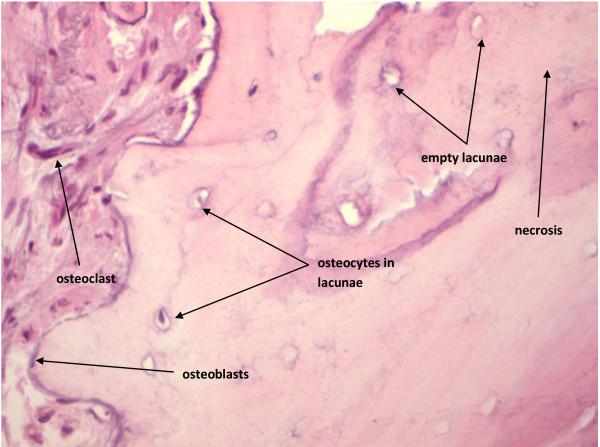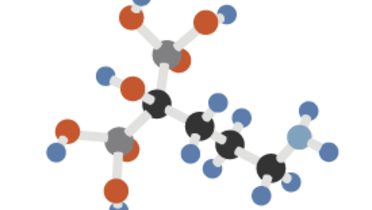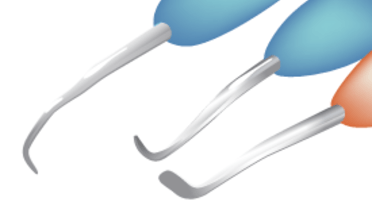-
0
Patient Assessment
- 0.1 Patient demand
- 0.2 Overarching considerations
- 0.3 Local history
- 0.4 Anatomical location
- 0.5 General patient history
-
0.6
Risk assessment & special high risk categories
- 5.1 Risk assessment & special high risk categories
- 5.2 age
- 5.3 Compliance
- 5.4 Smoking
- 5.5 Drug abuse
- 5.6 Recreational drugs and alcohol abuse
- 5.7 Parafunctions
- 5.8 Diabetes
- 5.9 Osteoporosis
- 5.10 Coagulation disorders and anticoagulant therapy
- 5.11 Steroids
- 5.12 Bisphosphonates
- 5.13 BRONJ / ARONJ
- 5.14 Radiotherapy
- 5.15 Risk factors
-
1
Diagnostics
-
1.1
Clinical Assessment
- 0.1 Lip line
- 0.2 Mouth opening
- 0.3 Vertical dimension
- 0.4 Maxillo-mandibular relationship
- 0.5 TMD
- 0.6 Existing prosthesis
- 0.7 Muco-gingival junction
- 0.8 Hyposalivation and Xerostomia
- 1.2 Clinical findings
-
1.3
Clinical diagnostic assessments
- 2.1 Microbiology
- 2.2 Salivary output
-
1.4
Diagnostic imaging
- 3.1 Imaging overview
- 3.2 Intraoral radiographs
- 3.3 Panoramic
- 3.4 CBCT
- 3.5 CT
- 1.5 Diagnostic prosthodontic guides
-
1.1
Clinical Assessment
-
2
Treatment Options
- 2.1 Mucosally-supported
-
2.2
Implant-retained/supported, general
- 1.1 Prosthodontic options overview
- 1.2 Number of implants maxilla and mandible
- 1.3 Time to function
- 1.4 Submerged or non-submerged
- 1.5 Soft tissue management
- 1.6 Hard tissue management, mandible
- 1.7 Hard tissue management, maxilla
- 1.8 Need for grafting
- 1.9 Healed vs fresh extraction socket
- 1.10 Digital treatment planning protocols
- 2.3 Implant prosthetics - removable
-
2.4
Implant prosthetics - fixed
- 2.5 Comprehensive treatment concepts
-
3
Treatment Procedures
-
3.1
Surgical
-
3.2
Removable prosthetics
-
3.3
Fixed prosthetics
-
3.1
Surgical
- 4 Aftercare
BRONJ / ARONJ
Key points
- Biphosphonates (BP) may predispose to ‘bisphosphonate-related osteonecrosis of the jaw’ (BRONJ)
- BRONJ is similar to osteonecrosis, and is usually identified by the appearance of exposed bone in the oral cavity
- BRONJ is difficult to treat. If patient is diagnosed with BRONJ, advice and cooperation with entire involved dental and medical rehabilitation team is critical
- The term ARONJ (Antiresorptive drug related osteonecrosis of the jaw) presently replaces the term BRONJ
General considerations
A critical side effect in the oro-maxillo-facial region observed in patients undergoing administration over a long period of time and especially intravenously, bisphosphonate therapy may predispose to ‘bisphosphonate-related osteonecrosis of the jaw’ (BRONJ), or 'antiresorptive drug related osteonecrosis of the jaw' (ARONJ). By definition this is an area of exposed bone in the jaw persisting for more than 8 weeks with no history of radiation therapy while taking or having taken bisphosphonates.
Incidence of BRONJ as a result of bisphosphonate treatment of osteoporosis and Paget's disease is between 0.01% - 0.04%. Consequent to bisphosphonate administration for the treatment of bone cancers and metastases, the incidence of BRONJ is 0.8% - 12%.
Bisphosphonate-related osteonecrosis of the jaw is similar to osteoradionecrosis and very difficult to treat. The affected bone seems to have impaired healing capacity (reduced turnover) and reduced angiogenesis. The result is a reduced capability to deal with infections and trauma (surgery, tooth extractions).

BRONJ treatment considerations
If patient is diagnosed with BRONJ, surgery and tooth extraction should be avoided. Hygiene measures should be reassessed and reinforced. This conditions requires a team approach and regular communication between GP, internist, dentist and oral and maxillofacial surgeon.
Detailed and extensive clinical practice guidelines for management of the bisphosphonate patient are availabe. Some fundamental treatment steps to be used are:
- Daily irrigation and antimicrobial rinse
- Antibiotics to control infection
- Surgical treatment to remove the necrotic bone may be advisable in more advanced cases
- In some patients a removable appliance to cover and protect the exposed bone is necessary
- Protective stent damages the surrounding soft tissues or makes normal function difficult
- If dentures are worn, minimize irritation of the soft-tissues, particularly for patients who are receiving IV bisphosphonate therapy. Dentures should be removed and thoroughly cleaned at night.
(Content © Copyright AAOMS 2008-2013)



